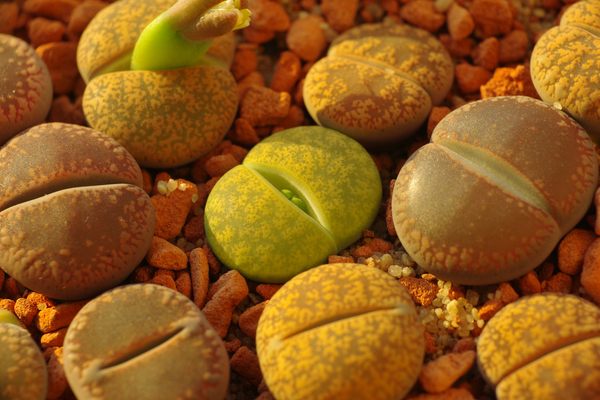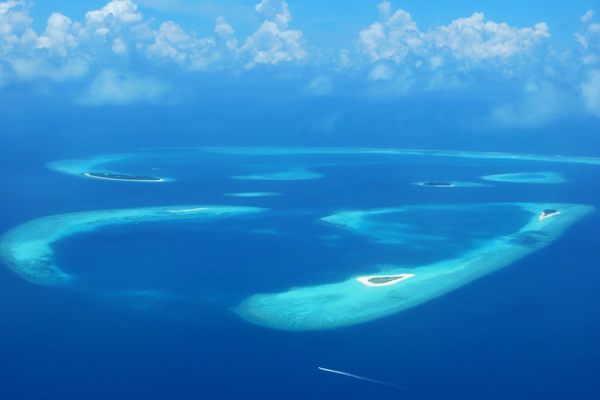The Island That May Hold the Key to the Beginning of the Anthropocene
A subantarctic spot off the coast of New Zealand is home to a very special tree.

Every day of Islands Week, we’re profiling one uninhabited island. Find more here.
Campbell Island/Motu Hupuku is a subantarctic island about 850 miles south of New Zealand. Humans don’t live there anymore, but as usual, they’ve left plenty of traces. The local seal population has still not recovered from a hunting boom that ended 200 years ago. A weather station, built during World War II and abandoned in 1995, continues to look over the harbor. And smack in the middle of the island, among the grass and megaherbs, there grows a single, solitary, decidedly out-of-place tree.
The tree—a Sitka spruce—was likely planted in the early 1900s by a New Zealand politician named Lord Ranfurly. Although he had meant to give it neighbors, no one ever got around to it. The spruce is now about 250 miles from anything else of its kind, leading Guinness World Records to deem it the “remotest tree in the world.” (Its closest competition, an acacia in the middle of the Sahara, was hit by a truck back in 1973.)
Humans have also left their mark on the spruce: Weather station employees apparently used to cut a Christmas tree-sized chunk out of its foliage each December, leaving it with an unusually lumpy crown. But our greatest trace is hidden. A group of scientists recently took core samples from the tree and analyzed the size of each of its rings. They found that one ring, from the year 1965, contains a proportionately huge amount of a particular isotope, carbon-14.

Carbon-14 has always been present in the atmosphere in small amounts. But after countries began performing aboveground nuclear tests in the middle of the 1950s, it got to levels that, say, a tree might notice. By the time 1965 came around, these high concentrations had apparently reached even this lonely spruce.
For years, scientists have been trying to decide whether we are officially in the Anthropocene: a potential new geologic epoch characterized by widespread human-driven changes to the planet. As they push the debate forward, they have been looking for a starting point, called the “golden spike,” that would mark where the Holocene ended and this new epoch began. The researchers who studied the lonely Sitka spruce are suggesting that its sudden jump in carbon-14 would make for a perfect golden spike.
The spruce joins a long list of possibilities—as one researcher put it, “we are spoilt for choice.” But whether or not it gets another official title, now we have proof: Even the loneliest tree in the world has been, at its very core, shaped by us.















Follow us on Twitter to get the latest on the world's hidden wonders.
Like us on Facebook to get the latest on the world's hidden wonders.
Follow us on Twitter Like us on Facebook